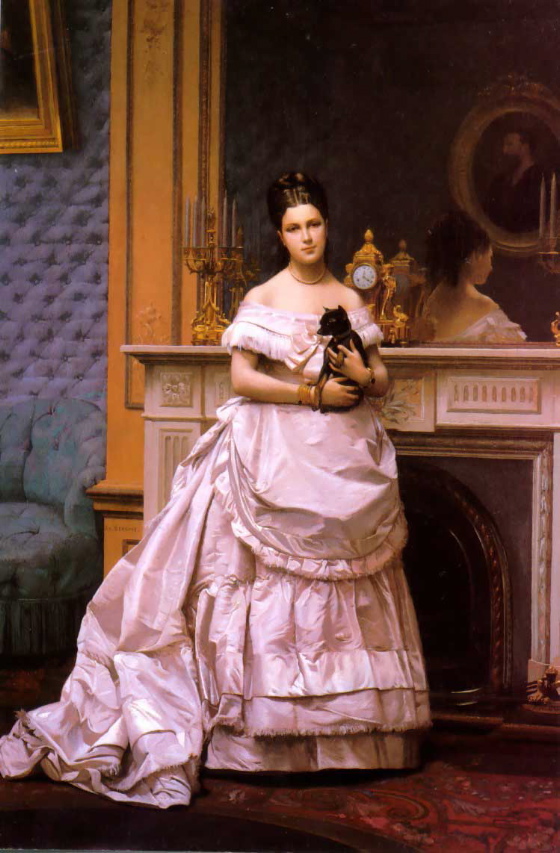
In the mythology of modern art history the realist painters of the
Victorian era fought a losing battle with the photograph and eventually
capitulated to the dominant aesthetic of 20th-Century art, with its
irresistible (and progressive) trend towards a greater and greater
abstraction, abandoning both pictorial realism and almost all narrative
ambitions.
In fact, however, realist painters of the Victoria era conducted an
exciting and productive dialogue with the photograph, incorporating its
apparent authority but also, at the same time, extending its range of
representation beyond the technical limits of the 19th-Century camera.
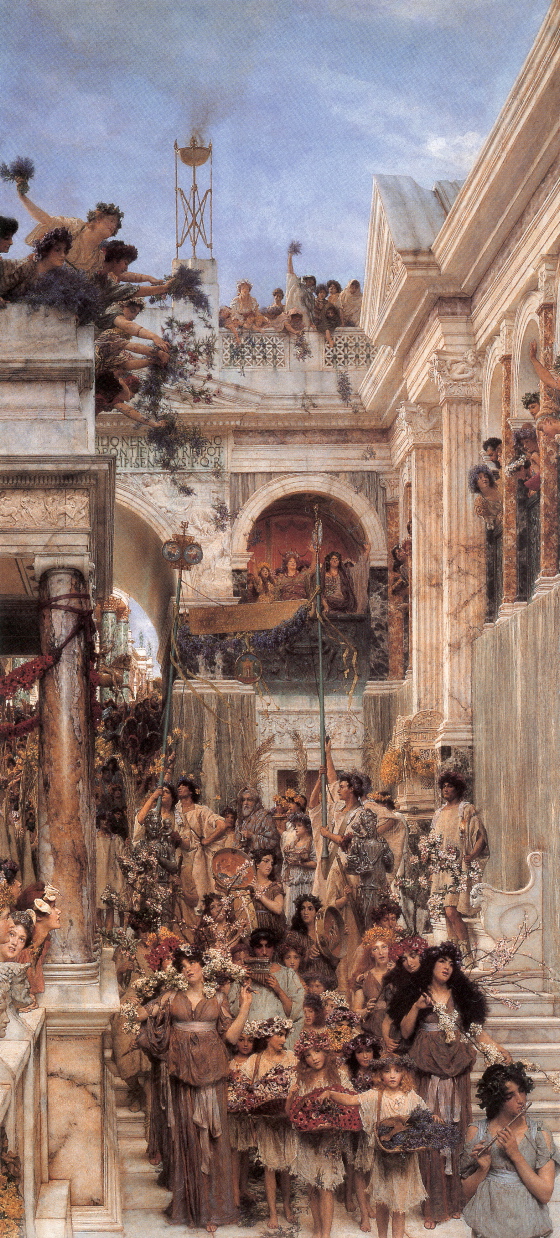
Academic art surrendered not to the abstractions of the 20th-Century
painter but to the great artists of the early cinema, who assumed the
narrative and representational ambitions of academic art in a medium
which had, at least as far a popular taste went, better resources for
realizing those ambitions. You could almost say that the academic art
of the 19th-Century was born again, gloriously, in a new medium, which
it deeply influenced.
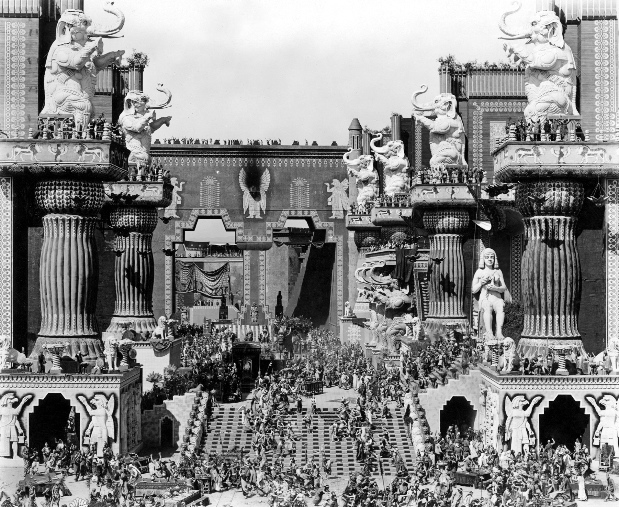
Academic art taught movies how to orchestrate photo-realistic elements
into theatrical forms, using lighting, framing and the placement of
figures in space to create a hyper-realistic illusion that had the
coherence of actual visual experience even when departing from it in
fabulous ways. Because film could capture motion, and thus emphasize
the plasticity of space far more expressively than the easel-painter,
it rendered the academic easel-painter’s art passé. It was motion and
the greater illusion of spatial depth it allowed which lost academic
art its popular following.
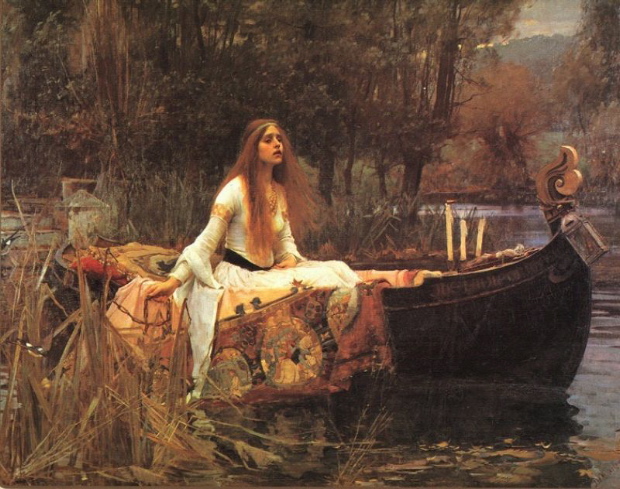
But much more than that was lost, especially in the realm of color. Up
until very recent times, color film stocks couldn’t begin to reproduce
the range of lighting conditions which the Victorian realist painters
gloried in. By marrying, through draftsmanship, an almost photographic
realism with an über-photographic sensitivity to color and light, the
Victorian painters anticipated cinematic effects which remain difficult
to achieve even today.
The attempt to devalue the work of Victorian painters, seeing them as
obstinate blocks to the steady progress of art, was a strategic ploy on
the part of 20th-Century modernist painters and their apologists in the
academy and the marketplace. Engaged in a project which would divorce
art from popular taste and arrive at an aesthetic dead end before the
end of the 20th century, they posited a straw man in the person of the
reactionary academic practitioner which lent their own schools an
undeserved glamor and prestige — even as the academic practitioner was
informing and inspiring the great new popular art form of the movies.
But the intellectual disgrace of the Victorian painters also helped
impoverish cinema, because, after the first glorious blossoming of the
art in the silent era, filmmakers forgot academic painting. To get
back in touch with its lessons, they had to get back in touch with the
masters of the silent era, like Griffith, Vidor, Murnau and Ford, for
whom Victorian academic painting was a living form and a direct
inspiration of their techniques. The filmmakers who followed them had
to engage Victorian academic art at one remove, and thus lost touch
with the very forms which had inspired and instructed the original
pioneers of cinema.
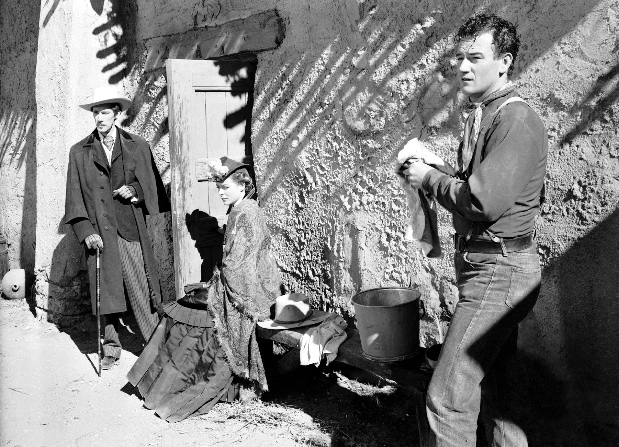
The propaganda of the modernist painters, understandable from their
point of view, resulted in a great loss to the visual culture of the
20th-Century. It couldn’t obliterate the glories of Victorian academic
painting, which survived, transformed, in movies and in popular
illustration (through the work of artists like N. C. Wyeth and Norman
Rockwell.) But it distorted the intellectual appreciation of a visual
tradition which might have been of great use to artists, film artists
especially, if they hadn’t been shamed into despising it on principle.
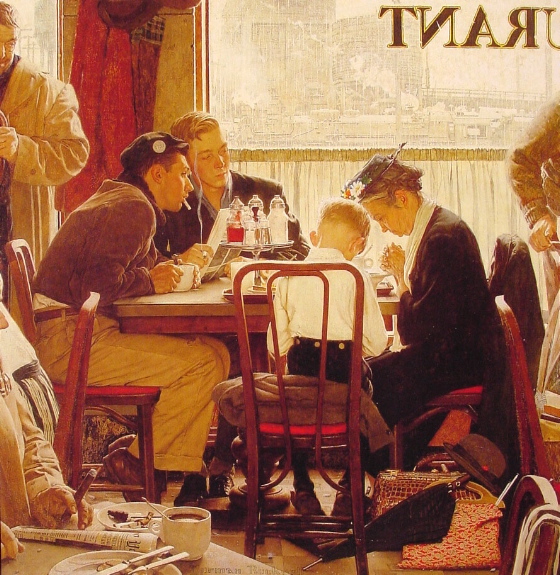
I would argue that a new appreciation of Victorian realist painting has
the power to recharge the art of cinema in our time — quite apart from
the pleasures to be gained by directly encountering a vital and
ravishing visual tradition.
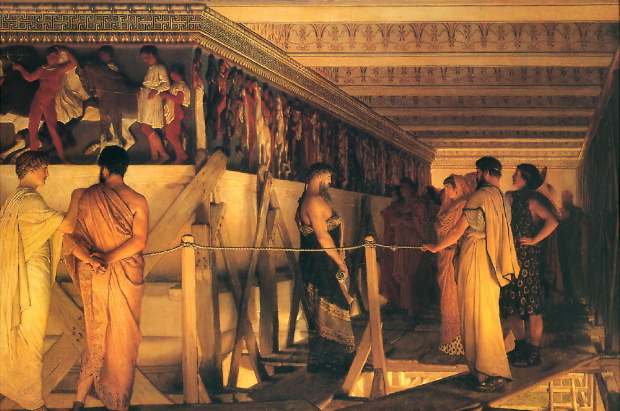

Well its a double myth. One myth is that the large name academic artists were battling against the impressionists, holding some conservative guard, and the impressionists won because they were more in touch with art. But academic artists like Bouguereau and Gerome were in the older generation. They all became accomplished decades before impressionists and only when photography just started to be used. They continued painting even when impressionism showed up of course, because they didn't think impressionism or photography obsoleted their art. So this whole idea that they were 'conservatives' is just a wrong way of thinking; they were the generation before.
Of course, there were newer generation academics, but most of them were not interesting much at all. Then there were painters who formed movements like Naturalism, which did a mixed approach between Impressionism/Realism and academic art, in that they used impressionistic and realistic techniques but focused on poetic subject matter. Bastien-Lepage, Breton, etc.
19th century art (even prior to the period I'm talking about) has a very complex history which is simplified or ignored or distorted.
I couldn't agree more with that last statement! It's also important to remember that misreading 19th-Century art also distorts an understanding of 20th-Century art, which was influenced by it in ways that are simply not appreciated.
Pingback: Listing Books: Anti-Modernism | Uncouth Reflections